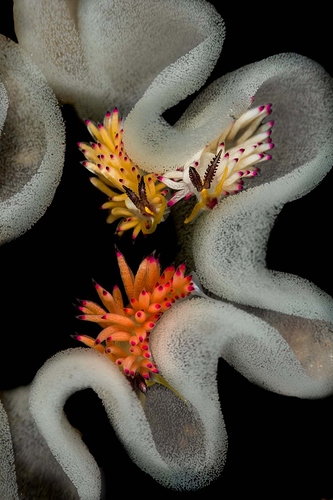Avon Wildlife Trust chose to put it in the press.
I presume they know what they are doing.
Bees and their predators are popular in iSpot chus now - HERE
So
a 2 minute watch https://www.youtube.com/watch?v=dU2rLhpaMAY
and https://www.youtube.com/watch?v=EZ1eAM8CChc
Maybe of interest
Expert birders get more right than non-experts, but also get more wrong. There is a summary in New Scientist, p. 12, 16 March 2019. With luck the following will give you the whole thing.
I assume this may apply to more of us than just birders. A salutory reminder.
The stages of taxonomic expertise, with respect to a taxon.
- They all look the same.
- You can tell that there is variation but you can’t break it up into distinct taxa. (You might be able to identify a few distinctive forms.) That’s where I am with bryophytes.
- You can recognise the common taxa. (Rare taxa may be misrecorded as common taxa. In my case I spent a few years overrecording Brassica napus.)
- You can recognise and see variation in the common taxa; variants of common taxa are misrecorded as rare taxa.
- True expertise.
Volunteers neede. Should suit some us.
Latest suggestion is that it was a flock escaping from a bird of prey, and those in the rear didn’t pull out of the dive soon enough.
Or similar, a murmuration coming in to land and a fast moving vehicle went along the road and hit a load of them. i have seen murmurations coming in to land in similar situations, hundreds of them moving across a track at human level so if something fast had driven along then they would have been hit as no way they could change direction fast enough as they were between the two hedges and so many in close approximation about to land on the twigs.
The article contains some good ( well they are obviously good because they are winners) pictures of nudibranchs and other marine inverts as well as the vertebrates.
Looks like a U turn for Defra.
And a good result for our West Country badgers
That is good news.
We now just need to get the vets cars sprayed underneath between farm visits and then we will be able to get this problem sorted for good.
Sea Grass Restoration - includes a picture from Orkney.



